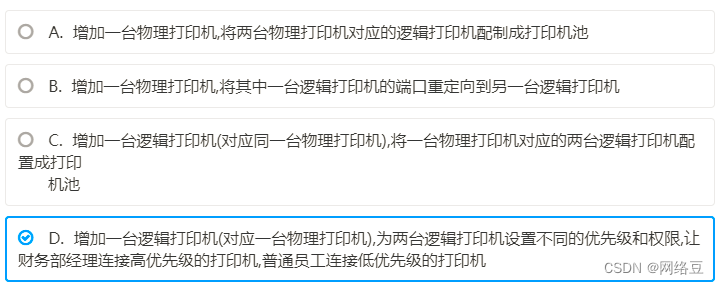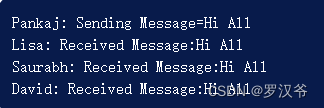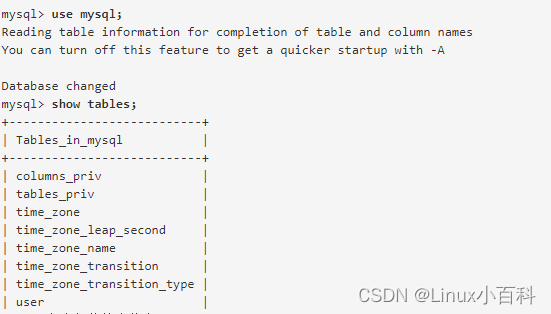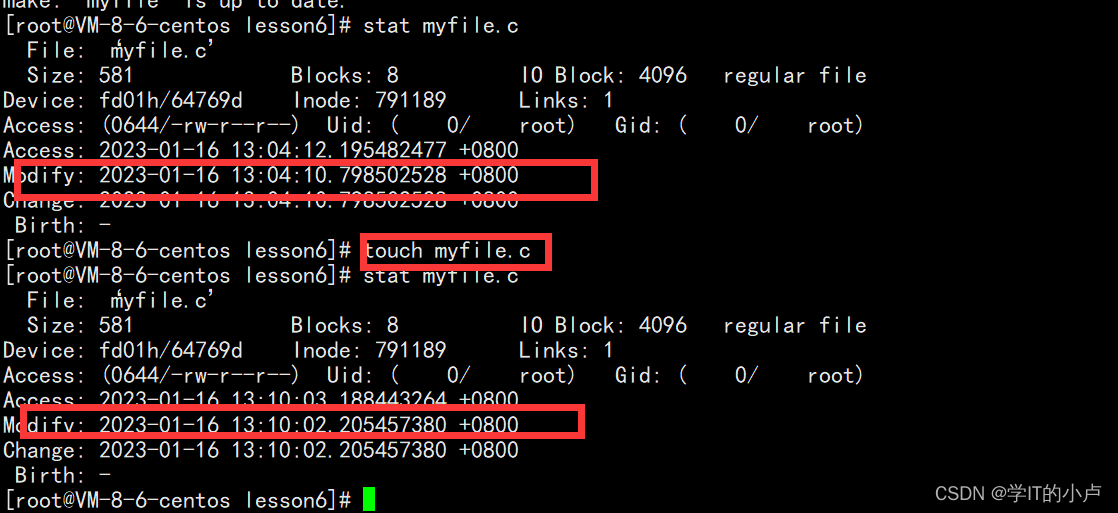文章目录
- 一、面向对象
- 1. 面向对象的概念
- 2. 构造函数
- 3. 继承与重写
- 4. 泛型
- 二、反射
- 1. 反射介绍
- 2. 反射的基础数据类型
- 3. 反射API
- 3.1 reflect.Type
- ①如何得到Type
- ②指针Type转为非指针Type
- ③获取struct成员变量的信息
- ④获取struct成员方法的信息
- ⑤获取函数的信息
- ⑥判断类型是否实现了某接口
- 3.2 reflect.Value
- ①如果获得Value
- ②Value转为Type
- ③指针Value和非指针Value互相转换
- ④得到Value对应的原始数据
- ⑤空Value的判断
- ⑥通过Value修改原始数据的值
- ⑦通过Value修改Slice
- ⑧修改map
- ⑨调用函数
- ⑩调用成员方法
- 3.3 创建对象
- ①创建struct
- ②创建slice
- ③创建map
- 4. 自行实现json序列化
一、面向对象
1. 面向对象的概念
洗衣服过程剖析:
- 给洗衣机里加脏衣服和洗衣粉
- 启动洗衣机
- 洗衣机自动注水,然后滚动
- 脏衣服从黑颜色变成白颜色
- 洗衣机自动停止
用面向过程的思想实现代码
// 准备洗衣服
// 输入参数:
// powder 洗衣机里放多少洗衣粉
// closes 洗衣机里放多少衣服
// clean 衣服是否是干净的
// 返回值:
// 洗衣机是否开启
// 准备洗多少衣服
func prepare(powder int, closes int, clean bool) (bool, int) {
if powder <= 0 || closes <= 0 || clean == true {
return false, 0
}
return true, closes
}
// 开始洗衣服
// 输入参数:
// washer_state 洗衣机是否开启
// closes 准备洗多少衣服
// 返回值:
// 衣服是否是干净的
// 洗了多少衣服
// 洗衣机是否开启
func wash(washer_state bool, closes int) (bool, int, bool) {
if washer_state == false {
return false, 0, false
} else {
fmt.Println("注水")
fmt.Println("滚动")
fmt.Println("关机")
return true, closes, false
}
}
// 检查最终状态
// 输入参数:
// clean 衣服是否是干净的
// closes 洗了多少衣服
// washer_state 洗衣机是否开启
func check(clean bool, closes int, washer_state bool) {
if clean && closes > 0 {
fmt.Printf("洗干净了%d件衣服\n", closes)
if washer_state {
fmt.Println("你忘关洗衣机了")
}
} else {
fmt.Println("洗衣失败")
}
}
// 整个洗衣服的过程
func WashProcedure(powder, closes int) {
washer_state := false
clean := false
washer_state, closes = prepare(powder, closes, clean)
clean, closes, washer_state = wash(washer_state, closes)
check(clean, closes, washer_state)
}
面向过程编程整个过程分为若干步,每一步对应一个函数,函数之间要传递大量的参数
面向对象编程把大量参数封装到一个结构体里面,给结构体赋予方法,方法里面去修改结构体的成员变量,go语言面向对象的好处:打包参数、继承、面向接口编程
// 洗衣机
type Washer struct {
State bool
Powder int
}
// 衣服
type Closes struct {
Clean bool
}
func (washer *Washer) prepare(closes []*Closes) error {
if washer.State == true || washer.Powder <= 0 || len(closes) <= 0 {
return errors.New("请确保在关机的状态下加入适量衣物和洗衣粉")
}
return nil
}
func (washer *Washer) wash(closes []*Closes) error {
if err := washer.prepare(closes); err != nil {
return err
}
fmt.Println("开机")
washer.State = true
// 检查是否有脏衣服
clean := true
for _, ele := range closes {
if ele.Clean == false {
clean = false
break
}
}
if clean {
washer.State = false
return errors.New("所有衣服都是干净的,不需要洗")
}
// 开始洗衣服
fmt.Println("注水")
fmt.Println("滚动")
fmt.Println("关机")
washer.State = false
for _, ele := range closes {
ele.Clean = true
}
return nil
}
func (washer *Washer) check(err error, closes []*Closes) {
if err != nil {
fmt.Printf("洗衣失败:%v\n", err)
} else {
fmt.Printf("洗干净了%d件衣服\n", len(closes))
if washer.State == true {
fmt.Println("你忘关洗衣机了")
}
}
}
2. 构造函数
定义User结构体
type User struct {
Name string // ""表示未知
Age int // -1表示未知
Sex byte // 1男,2女,3未知
}
u := User{}构造一个空的User,各字段都取相应数据类型的默认值up := new(User)构造一个空的User,并返回其指针
自定义构造函数
func NewDefaultUser() *User {
return &User{
Name: "",
Age: -1,
Sex: 3,
}
}
func NewUser(name string, age int, sex byte) *User {
return &User{
Name: name,
Age: age,
Sex: sex,
}
}
单例模式,确保在并发的情况下,整个进程里只会创建struct的一个实例
var (
sUser *User
uOnce sync.Once
)
func GetUserInstance() *User {
// 确保即使在并发的情况下,下面的3行代码在整个go进程里只会被执行一次
uOnce.Do(func() {
if sUser == nil {
sUser = NewDefaultUser()
}
})
return sUser
}
// 调用GetUserInstance()得到的是同一个User实例
su1 := GetUserInstance()
su2 := GetUserInstance()
// 修改su1会影响su2
3. 继承与重写
通过嵌入匿名结构体,变相实现“继承”的功能,因为访问匿名成员时可以跳过成员名直接访问它的内部成员
type Plane struct {
color string
}
type Bird struct {
Plane
}
bird := Bird {}
bird.Plane.color
bird.color
重写
func (plane Plane) fly() int {
return 500
}
//重写父类(Plane)的fly方法
func (bird Bird) fly() int {
return bird.Plane.fly()+100 // 调用父类的方法
}
正规来讲,Go语言并不支持继承,它只是支持组合
type Plane struct {}
type Car struct{}
// Bird组合了Plane和Car的功能
type Bird struct {
Plane
Car
}
4. 泛型
在有泛型之前,同样的功能需要为不同的参数类型单独实现一个函数
func add4int(a, b int) int {
return a + b
}
func add4float32(a, b float32) float32 {
return a + b
}
func add4string(a, b string) string {
return a + b
}
使用泛型
type Addable interface{
type int, int8, int16, int32, int64,
uint, uint8, uint16, uint32, uint64, uintptr,
float32, float64, complex64, complex128,string
}
func add[T Addable](a,b T)T{
return a+b
}
在go1.17中泛型默认没有开启,如果想用运行时命令行需要加-gcflags=-G=3,或者设置环境变量export GOFLAGS=“-gcflags=-G=3”,泛型正式版将在go 1.18中发布,但是Go语言之父Rob Pike建议不在Go 1.18的标准库中使用泛型
二、反射
1. 反射介绍
反射就是在运行期间(不是编译期间)探知对象的类型信息和内存结构、更新变量、调用它们的方法
反射的使用场景:
- 函数的参数类型是interface{},需要在运行时对原始类型进行判断,针对不同的类型采取不同的处理方式。比如json.Marshal(v interface{})
- 在运行时根据某些条件动态决定调用哪个函数,比如根据配置文件执行相应的算子函数
Go标准库里的json序列化就使用了反射
type User struct {
Name string
Age int
Sex byte `json:"gender"`
}
user := User{
Name: "钱钟书",
Age: 57,
Sex: 1,
}
json.Marshal(user) // 返回 {"Name":"钱钟书","Age":57,"gender":1}
反射的弊端:
- 代码难以阅读,难以维护
- 编译期间不能发现类型错误,覆盖测试难度很大,有些bug需要到线上运行很长时间才能发现,可能会造成严重用后果
- 反射性能很差,通常比正常代码慢一到两个数量级。在对性能要求很高,或大量反复调用的代码块里建议不要使用反射
2. 反射的基础数据类型

reflect.Type用于获取类型相关的信息
type Type interface {
Method(int) Method // 第i个方法
MethodByName(string) (Method, bool) // 根据名称获取方法
NumMethod() int // 方法的个数
Name() string // 获取结构体名称
PkgPath() string // 包路径
Size() uintptr // 占用内存的大小
String() string // 获取字符串表述
Kind() Kind //数据类型
Implements(u Type) bool //判断是否实现了某接口
AssignableTo(u Type) bool // 能否赋给另外一种类型
ConvertibleTo(u Type) bool // 能否转换为另外一种类型
Elem() Type // 解析指针
Field(i int) StructField // 第i个成员
FieldByIndex(index []int) StructField // 根据index路径获取嵌套成员
FieldByName(name string) (StructField, bool) // 根据名称获取成员
FieldByNameFunc(match func(string) bool) (StructField, bool) // 根据匹配函数匹配需要的字段
Len() int // 容器的长度
NumIn() int // 输出参数的个数
NumOut() int // 返回参数的个数
}
通过reflect.Value获取、修改原始数据类型里的值
type Value struct {
// 代表的数据类型
typ *rtype
// 指向原始数据的指针
ptr unsafe.Pointer
}
3. 反射API
3.1 reflect.Type
①如何得到Type
通过TypeOf()得到Type类型
typeI := reflect.TypeOf(1)
typeS := reflect.TypeOf("hello")
fmt.Println(typeI) // int
fmt.Println(typeS) // string
typeUser := reflect.TypeOf(&common.User{})
fmt.Println(typeUser) // *common.User
fmt.Println(typeUser.Kind()) // ptr
fmt.Println(typeUser.Elem().Kind()) // struct
②指针Type转为非指针Type
typeUser := reflect.TypeOf(&common.User{})
typeUser2 := reflect.TypeOf(common.User{})
assert.IsEqual(typeUser.Elem(), typeUser2)
③获取struct成员变量的信息
typeUser := reflect.TypeOf(common.User{}) // 需要用struct的Type,不能用指针的Type
fieldNum := typeUser.NumField() // 成员变量的个数
for i := 0; i < fieldNum; i++ {
field := typeUser.Field(i)
fmt.Printf("%d %s offset %d anonymous %t type %s exported %t json tag %s\n", i,
field.Name, // 变量名称
field.Offset, // 相对于结构体首地址的内存偏移量,string类型会占据16个字节
field.Anonymous, // 是否为匿名成员
field.Type, // 数据类型,reflect.Type类型
field.IsExported(), // 包外是否可见(即是否以大写字母开头)
field.Tag.Get("json")) // 获取成员变量后面``里面定义的tag
}
fmt.Println()
// 可以通过FieldByName获取Field
if nameField, ok := typeUser.FieldByName("Name"); ok {
fmt.Printf("Name is exported %t\n", nameField.IsExported())
}
// 也可以根据FieldByIndex获取Field
thirdField := typeUser.FieldByIndex([]int{2}) // 参数是个slice,因为有struct嵌套的情况
fmt.Printf("third field name %s\n", thirdField.Name)
④获取struct成员方法的信息
typeUser := reflect.TypeOf(common.User{})
methodNum := typeUser.NumMethod() // 成员方法的个数,接收者为指针的方法【不】包含在内
for i := 0; i < methodNum; i++ {
method := typeUser.Method(i)
fmt.Printf("method name:%s ,type:%s, exported:%t\n", method.Name, method.Type, method.IsExported())
}
fmt.Println()
typeUser2 := reflect.TypeOf(&common.User{})
methodNum = typeUser2.NumMethod() // 成员方法的个数,接收者为指针或值的方法【都】包含在内,也就是说值实现的方法指针也实现了(反之不成立)
for i := 0; i < methodNum; i++ {
method := typeUser2.Method(i)
fmt.Printf("method name:%s ,type:%s, exported:%t\n", method.Name, method.Type, method.IsExported())
}
⑤获取函数的信息
func Add(a, b int) int {
return a + b
}
typeFunc := reflect.TypeOf(Add) // 获取函数类型
fmt.Printf("is function type %t\n", typeFunc.Kind() == reflect.Func)
argInNum := typeFunc.NumIn() // 输入参数的个数
argOutNum := typeFunc.NumOut() // 输出参数的个数
for i := 0; i < argInNum; i++ {
argTyp := typeFunc.In(i)
fmt.Printf("第%d个输入参数的类型%s\n", i, argTyp)
}
for i := 0; i < argOutNum; i++ {
argTyp := typeFunc.Out(i)
fmt.Printf("第%d个输出参数的类型%s\n", i, argTyp)
}
⑥判断类型是否实现了某接口
// 通过reflect.TypeOf((*<interface>)(nil)).Elem()获得接口类型,因为People是个接口不能创建实例,所以把nil强制转为*common.People类型
typeOfPeople := reflect.TypeOf((*common.People)(nil)).Elem()
fmt.Printf("typeOfPeople kind is interface %t\n", typeOfPeople.Kind() == reflect.Interface)
t1 := reflect.TypeOf(common.User{})
t2 := reflect.TypeOf(&common.User{})
// 如果值类型实现了接口,则指针类型也实现了接口,反之不成立
fmt.Printf("t1 implements People interface %t\n", t1.Implements(typeOfPeople))
3.2 reflect.Value
①如果获得Value
通过ValueOf()得到Value
iValue := reflect.ValueOf(1)
sValue := reflect.ValueOf("hello")
userPtrValue := reflect.ValueOf(&common.User{
Id: 7,
Name: "Ricky",
Weight: 60,
Height: 1.80,
})
fmt.Println(iValue) // 1
fmt.Println(sValue) // hello
fmt.Println(userPtrValue) // &{7 Ricky 60 1.80}
②Value转为Type
iType := iValue.Type()
sType := sValue.Type()
userType := userPtrValue.Type()
// 在Type和相应Value上调用Kind()结果一样的
fmt.Println(iType.Kind() == reflect.Int, iValue.Kind() == reflect.Int, iType.Kind() == iValue.Kind())
fmt.Println(sType.Kind() == reflect.String, sValue.Kind() == reflect.String, sType.Kind() == sValue.Kind())
fmt.Println(userType.Kind() == reflect.Ptr, userPtrValue.Kind() == reflect.Ptr, userType.Kind() == userPtrValue.Kind())
③指针Value和非指针Value互相转换
userValue := userPtrValue.Elem() // Elem() 指针Value转为非指针Value
fmt.Println(userValue.Kind(), userPtrValue.Kind()) // struct ptr
userPtrValue3 := userValue.Addr() // Addr() 非指针Value转为指针Value
fmt.Println(userValue.Kind(), userPtrValue3.Kind()) // struct ptr
④得到Value对应的原始数据
通过Interface()函数把Value转为interface{},再从interface{}强制类型转换,转为原始数据类型;或者在Value上直接调用Int()、String()等一步到位
fmt.Printf("origin value iValue is %d %d\n", iValue.Interface().(int), iValue.Int())
fmt.Printf("origin value sValue is %s %s\n", sValue.Interface().(string), sValue.String())
user := userValue.Interface().(common.User)
fmt.Printf("id=%d name=%s weight=%.2f height=%.2f\n", user.Id, user.Name, user.Weight, user.Height)
user2 := userPtrValue.Interface().(*common.User)
fmt.Printf("id=%d name=%s weight=%.2f height=%.2f\n", user2.Id, user2.Name, user2.Weight, user2.Height)
⑤空Value的判断
var i interface{} // 接口没有指向具体的值
v := reflect.ValueOf(i)
fmt.Printf("v持有值 %t, type of v is Invalid %t\n", v.IsValid(), v.Kind() == reflect.Invalid)
var user *common.User = nil
v = reflect.ValueOf(user) // Value指向一个nil
if v.IsValid() {
fmt.Printf("v持有的值是nil %t\n", v.IsNil()) // 调用IsNil()前先确保IsValid(),否则会panic
}
var u common.User // 只声明,里面的值都是0值
v = reflect.ValueOf(u)
if v.IsValid() {
fmt.Printf("v持有的值是对应类型的0值 %t\n", v.IsZero()) // 调用IsZero()前先确保IsValid(),否则会panic
}
⑥通过Value修改原始数据的值
var i int = 10
var s string = "hello"
user := common.User{
Id: 7,
Name: "Ricky",
Weight: 60,
Height: 1.80,
}
valueI := reflect.ValueOf(&i) // 由于go语言所有函数传的都是值,所以要想修改原来的值就需要传指针
valueS := reflect.ValueOf(&s)
valueUser := reflect.ValueOf(&user)
valueI.Elem().SetInt(8) // 由于valueI对应的原始对象是指针,通过Elem()返回指针指向的对象
valueS.Elem().SetString("golang")
valueUser.Elem().FieldByName("Weight").SetFloat(68.0) // FieldByName()通过Name返回类的成员变量
注意,要想修改原始数据的值,给ValueOf传的必须是指针,而指针Value不能调用Set和FieldByName方法,所以得先通过Elem()转为非指针Value
未导出成员的值不能通过反射进行修改
addrValue := valueUser.Elem().FieldByName("addr")
if addrValue.CanSet() {
addrValue.SetString("北京")
} else {
fmt.Println("addr是未导出成员,不可Set") // 以小写字母开头的成员相当于是私有成员
}
⑦通过Value修改Slice
users := make([]*common.User, 1, 5) //len=1,cap=5
users[0] = &common.User{
Id: 7,
Name: "Ricky",
Weight: 60,
Height: 1.80,
}
sliceValue := reflect.ValueOf(&users) // 准备通过Value修改users,所以传users的地址
// 取得slice的长度
if sliceValue.Elem().Len() > 0 {
sliceValue.Elem().Index(0).Elem().FieldByName("Name").SetString("令狐一刀")
fmt.Printf("1st user name change to %s\n", users[0].Name)
}
甚至可以修改slice的cap,新的cap必须位于原始的len到cap之间,即只能把cap改小
sliceValue.Elem().SetCap(3)
通过把len改大,可以实现向slice中追加元素的功能
sliceValue.Elem().SetLen(2)
// 调用reflect.Value的Set()函数修改其底层指向的原始数据
sliceValue.Elem().Index(1).Set(reflect.ValueOf(&common.User{
Id: 8,
Name: "李达",
Weight: 80,
Height: 180,
}))
fmt.Printf("2nd user name %s\n", users[1].Name)
⑧修改map
Value.SetMapIndex()函数:往map里添加一个key-value对
Value.MapIndex()函数: 根据Key取出对应的map
u1 := &common.User{
Id: 7,
Name: "Ricky",
Weight: 60,
Height: 1.80,
}
u2 := &common.User{
Id: 8,
Name: "Ricky",
Weight: 60,
Height: 1.80,
}
userMap := make(map[int]*common.User, 5)
userMap[u1.Id] = u1
mapValue := reflect.ValueOf(&userMap) // 准备通过Value修改userMap,所以传userMap的地址
mapValue.Elem().SetMapIndex(reflect.ValueOf(u2.Id), reflect.ValueOf(u2)) // SetMapIndex 往map里添加一个key-value对
mapValue.Elem().MapIndex(reflect.ValueOf(u1.Id)).Elem().FieldByName("Name").SetString("令狐一刀") // MapIndex 根据Key取出对应的map
for k, user := range userMap {
fmt.Printf("key %d name %s\n", k, user.Name)
}
⑨调用函数
valueFunc := reflect.ValueOf(Add) // 函数也是一种数据类型
typeFunc := reflect.TypeOf(Add)
argNum := typeFunc.NumIn() // 函数输入参数的个数
args := make([]reflect.Value, argNum) // 准备函数的输入参数
for i := 0; i < argNum; i++ {
if typeFunc.In(i).Kind() == reflect.Int {
args[i] = reflect.ValueOf(3) // 给每一个参数都赋3
}
}
sumValue := valueFunc.Call(args) // 返回[]reflect.Value,因为go语言的函数返回可能是一个列表
if typeFunc.Out(0).Kind() == reflect.Int {
sum := sumValue[0].Interface().(int) // 从Value转为原始数据类型
fmt.Printf("sum=%d\n", sum)
}
⑩调用成员方法
common.User{
Id: 7,
Name: "Ricky",
Weight: 60,
Height: 1.80,
}
valueUser := reflect.ValueOf(&user) // 必须传指针,因为BMI()在定义的时候它是指针的方法
bmiMethod := valueUser.MethodByName("BMI") // MethodByName()通过Name返回类的成员变量
resultValue := bmiMethod.Call([]reflect.Value{}) // 无参数时传一个空的切片
result := resultValue[0].Interface().(float32)
fmt.Printf("bmi=%.2f\n", result)
// Think()在定义的时候用的不是指针,valueUser可以用指针也可以不用指针
thinkMethod := valueUser.MethodByName("Think")
thinkMethod.Call([]reflect.Value{})
valueUser2 := reflect.ValueOf(user)
thinkMethod = valueUser2.MethodByName("Think")
thinkMethod.Call([]reflect.Value{})
3.3 创建对象
①创建struct
user :=t := reflect.TypeOf(common.User{})
value := reflect.New(t) // 根据reflect.Type创建一个对象,得到该对象的指针,再根据指针提到reflect.Value
value.Elem().FieldByName("Id").SetInt(10)
user := value.Interface().(*common.User) // 把反射类型转成go原始数据类型Call([]reflect.Value{})
②创建slice
var slice []common.User
sliceType := reflect.TypeOf(slice)
sliceValue := reflect.MakeSlice(sliceType, 1, 3)
sliceValue.Index(0).Set(reflect.ValueOf(common.User{
Id: 8,
Name: "张三",
Weight: 80,
Height: 180,
}))
users := sliceValue.Interface().([]common.User)
fmt.Printf("1st user name %s\n", users[0].Name)
③创建map
var userMap map[int]*common.User
mapType := reflect.TypeOf(userMap)
// mapValue:=reflect.MakeMap(mapType)
mapValue := reflect.MakeMapWithSize(mapType, 10)
user := &common.User{
Id: 7,
Name: "Ricky",
Weight: 60,
Height: 1.80,
}
key := reflect.ValueOf(user.Id)
mapValue.SetMapIndex(key, reflect.ValueOf(user)) // SetMapIndex 往map里添加一个key-value对
mapValue.MapIndex(key).Elem().FieldByName("Name").SetString("令狐一刀") // MapIndex 根据Key取出对应的map
userMap = mapValue.Interface().(map[int]*common.User)
fmt.Printf("user name %s %s\n", userMap[7].Name, user.Name)
reflect包里除了MakeSlice()和MakeMap(),还有MakeChan()和MakeFunc()
4. 自行实现json序列化
所谓序列化即把struct实例转为string,比如定义了User和Book两个struct
type User struct {
Name string
Age int
Sex byte `json:"gender"`
}
type Book struct {
ISBN string `json:"isbn"`
Author User `json:"author"`
Keywords []string `json:"kws"`
}
Book的实例序列化后为
{
"isbn": "4243547567",
"author": {
"Name": "钱钟书",
"Age": 57,
"gender": 1
},
"kws": ["爱情", "民国", "留学"]
}
序列化实现思路:
- 从内向外、从简单到复杂地考虑序列化问题
- 如果要序列化一个int、float、string,很简单
- 如果要序列化一个slice,则在第1步的基础上用[]括起来
- 如果要序列化一个struct,FieldName直接打印出来,FieldValue的序列化可以参考第1、2步
- 如果struct内部还嵌套了struct,则递归调用第3步
- 通过反射解析struct,得到json key和struct FieldName的对应关系
- 如果FieldValue是基本的值类型,则通过反射给FieldValue赋值很简单
- 如果FieldValue是slice类型,则需要通过反射先创建一个slice,再给slice里的每个元素赋值
- 如果FieldValue是是内嵌struct,则递归调用反序列化函数,给FieldValue赋值
- 如果FieldValue是是内嵌struct指针,则需要创建内嵌struct对应的实例(申请内存空间),再递归调用反序列化函数,给FieldValue赋值
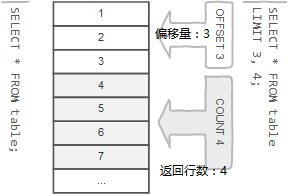
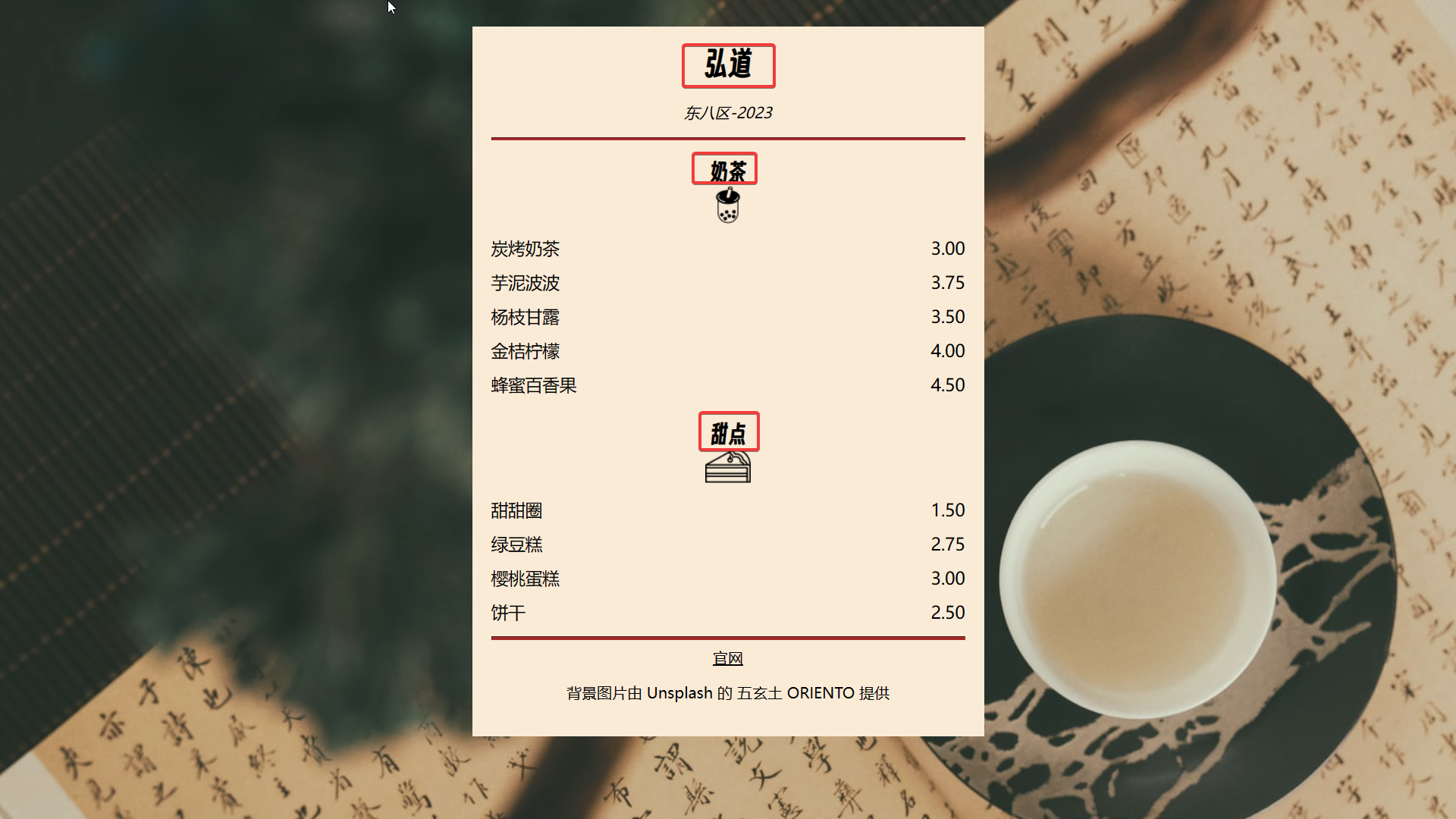
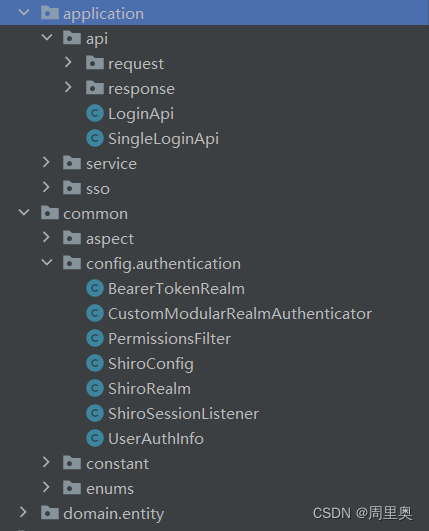

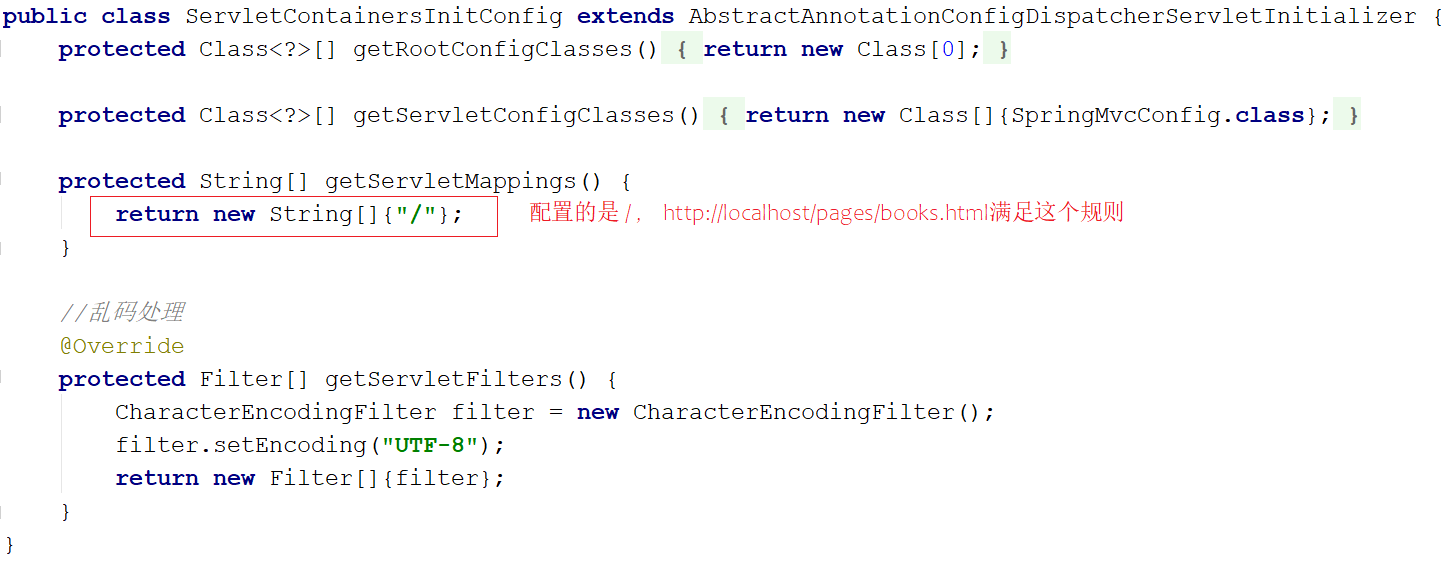

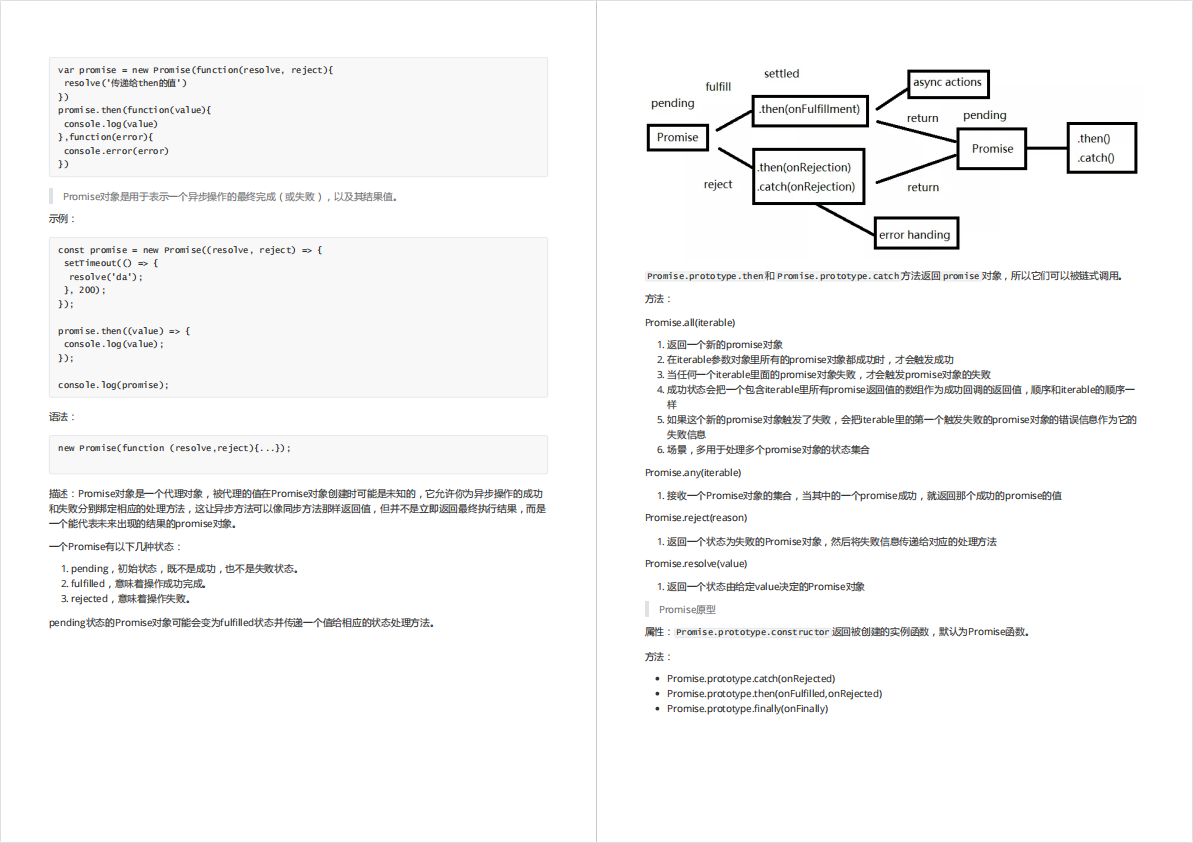
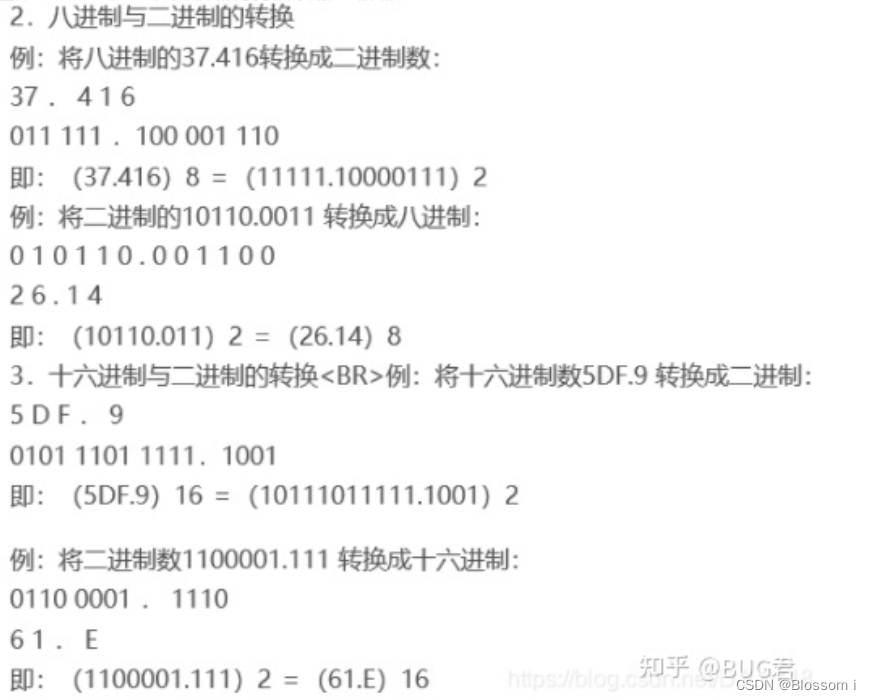
![[ChatGPT]](https://img-blog.csdnimg.cn/img_convert/a646c6fec3634300acb88545051acb68.jpeg)
